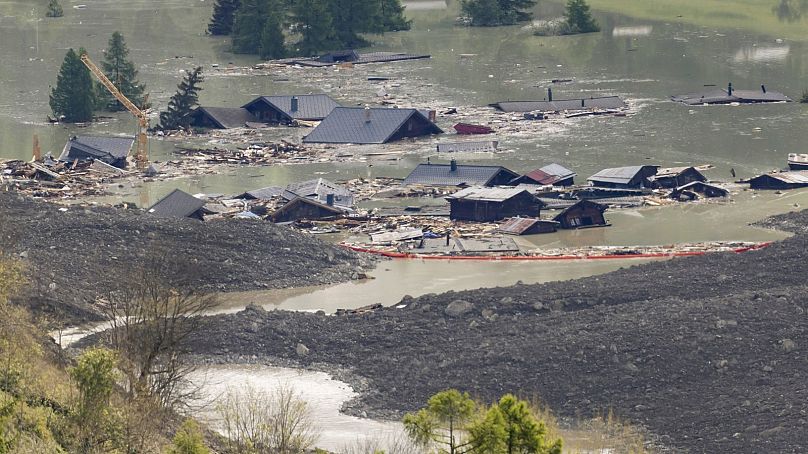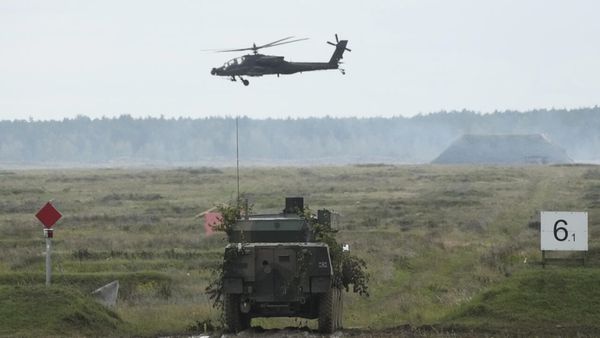Glacier-related risks are becoming a global concern, according to Celeste Saulo, Secretary-General of the World Meteorological Organisation (WMO).
Speaking at the Glacier Preservation Conference in Dushanbe, Tajikistan, Saulo emphasised that all countries, regardless of development level, face threats linked to glacial change.
A recent disaster in the Swiss village of Blatten illustrated the dangers. A glacier-triggered mudslide devastated the area, destroying nearly all livelihoods.
One person remains missing, but early warning systems were credited with reducing the overall impact.
In response to accelerating climate change, the WMO is urging increased investment in glacier monitoring and forecasting.
Saulo highlighted the need for greater awareness and support for hydrometeorological centres worldwide.
“With better monitoring, we can expect to have better forecasts, with those we can expect to have better early warning systems in the end to protect societies, protect people and to protect livelihoods,” she said.
The Swiss glacier collapse is not an isolated event
Just last week, Blatten was buried under a massive avalanche of rock and ice from the Birch Glacier and the nearby Lonza River bed.
Experts had issued warnings about the potential collapse of the glacier, which contained 1.5 million cubic metres of ice.
Local authorities acted quickly, evacuating around 300 people and livestock. A few days after the event, the Lonza River resumed its flow through the debris.

The Blatten collapse is not an isolated event.
In 2022, a chunk of the Marmolada glacier in Italy’s Dolomite Mountains - roughly the size of an apartment building - broke off during a summer heat wave. The resulting avalanche swept through a popular hiking area, killing 11 people.
In 2016, a glacier in Tibet’s Aru mountain range suddenly collapsed, killing nine people and their livestock. A few months later, another glacier in the region gave way.
Glacier collapses have also occurred in Peru. In 2006, one triggered a mini tsunami, and in April of this year, an overflowing glacial lagoon caused a landslide that killed two people.
“It's amazing sometimes how rapidly they can collapse,” Lonnie Thompson, a glacier expert at the Ohio State University, told the AP.
“The instability of these glaciers is a real and growing problem, and there are thousands and thousands of people that are at risk.”
While melting glaciers are expected to contribute to sea level rise for decades, scientists warn that the loss of inland glaciers poses immediate risks to nearby communities that depend on them for drinking water and agriculture.







